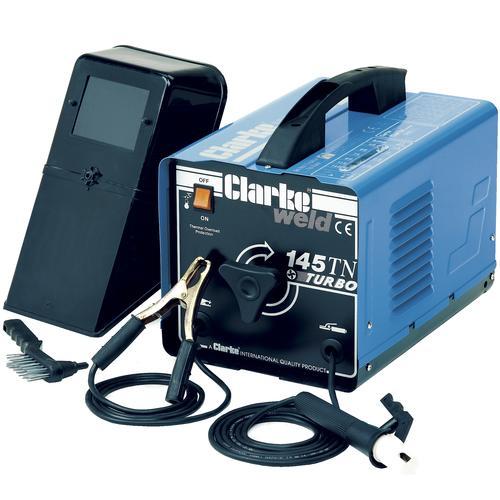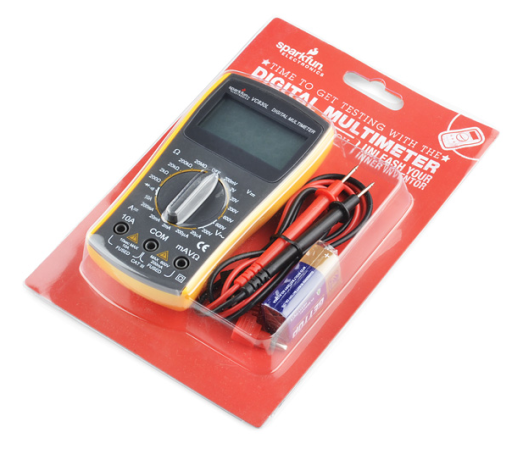So, I probably mentioned that I used to repair welding equipment...no? ok:
I USED TO REPAIR WELDING EQUIPMENT.
Well ever since I got a Landrover trails vehicle, I've needed to carry out repairs, mostly to the steering guard, since this bears the brunt of all low lying obstacles: tree stumps, rocks and the like.
I bought a stick welder thinking that would do the job: Its a 145A Clarke Stick welder, that was in good nick when I bought it for about £40. I then went to the local farmers auction and managed to bag more sticks than I would ever need for about £20!
 |
| Clarke 145A Stick welder, in better nick than mine! |
The good thing about this kind of stick welder is that there are VERY few components and cheap to run. It is essentially on over-sized step down transformer with an adjustable center tap-off and a either a heavy bridge rectifier or no rectification at all. Some older versions of this design are submerged in mineral oil (and I've heard from the old skool they are BETTER than modern designs)
 |
| Typical Adjustable stick welder, this is a schematic from a Lincoln AC-225 stick welder |
However; this has its limitations. For one: you have to replace the sticks when they run down, and another is its flexibility. Welding with a stick welder, on your back, under a Landrover is full of pitfalls! If the hot weld starts to pool, it eventually turns into a hot, molten drip of
DOOM! And you have to take drastic evasive action, usually meaning you clonk your head on the diff
Amongst other things, the finish: stick welding leaves a lot of slag, which you have to brush off.
Replacement?
Anyway I got donated a MIG welder from a friend. I had offered to fix it for him and he had giving me the control box out of it to look at to start with, and christ its old skool! LM324's, triacs and more 4000 series logic than you can shake a shitty stick at! I started to fix it, but I picked up something else and forgot about it, it wasn't an urgent job fortunately as he had another welder. So he decided to give it to me, and turned up a trail event and dragged it home.
 |
| Typical MIG welder |
Its pretty beat up, its seen better days, and it "doesn't work" (we'll see). I was told that it would turn on, you could feed the wire but no power, as the contactor wouldn't close. The contactor had been replaced but still didn't close, which means its the drive circuit probably. I have fixed boards like this before and they are pig! alot of signal sniffing and 9 times out of 10 its either a leaky diode, or leaky transistor, or leaky triac or a leaky output on a logic gate or op-amp.
Welder electronics are like people - when they get old, they get more leaky!
And with good reason, they get a lot of hammering and some of the welders I have fixed have: Made in West Germany printed on the side! so quite old about 30 odd years or so!
Plans
I plan to keep the major components: the wire feed motor, contactors, gas solenoid and existing transformer; and replace the drive electronics with an arduino based equivelent.
I'll be employing relays to control contactors and solenoids and a high power MOSFET to control the wire feed motor.
The whole lot will be plonked onto strip board and fitted back into the existing electronics box.
Wire everything back up, beat a few panels back into shape & a lick of paint and jobs a good-un. I'll aslo need to purchase a new lance too.
Right: best clear the crap out of the shed then!









